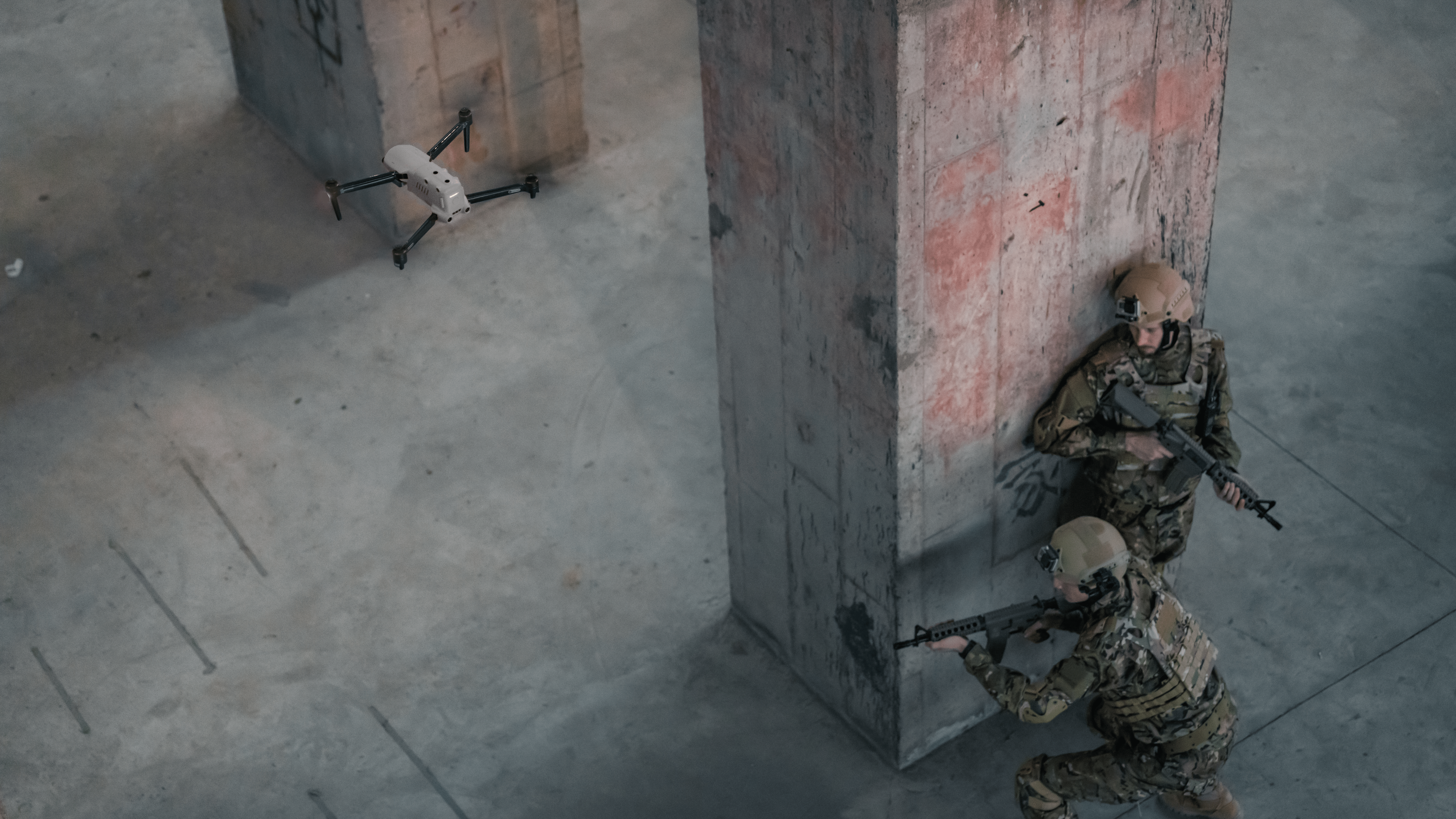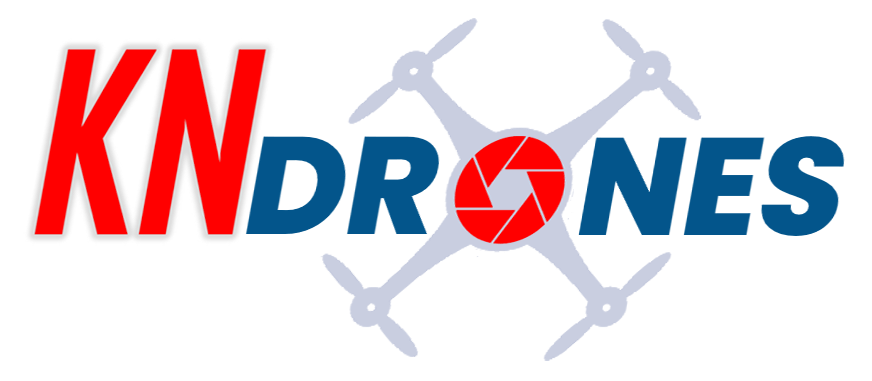The use of drones in public safety and security
- Pro products
- Advice
- After-sales service
With its advanced functionalities, the drone brings new perspectives to the air, improving public protection and peace of mind.
Photography & Video
- public roads
- Maritime zones
- Borders
- Sensitive sites
thermography
- public roads
- Maritime zones
- Borders
- Sensitive sites
advanced features
- Telemetry
- Flying in complex environments
- Mesh
- Data encryption
- Take-off platform
What are which distinguishes the safety from the safety ?
The distinction between safety and security lies essentially in the nature of the threats they seek to counter. Safety focuses on protection against man-made threats, including the prevention of terrorism, organized crime, violence and other malicious activities. Security, on the other hand, has a broader scope, including protection against accidents, natural disasters and technological incidents. Both concepts, crucial in both the public and private spheres, involve efforts by government authorities, notably law enforcement agencies, to maintain order, prevent and investigate crime, and respond to emergencies. Customs, in addition to its missions relating to the movement of goods and people across maritime and land borders, also plays a significant role in security.
In the face of rapidly evolving technology, new tools have emerged to enhance the capabilities of law enforcement and customs services. Among these advances, the use of drones has shown particular promise, offering a real-time aerial perspective for surveillance, crime prevention and border management. In this article, we explore how law enforcement and customs are wisely integrating drones into their operational strategies to improve efficiency, responsiveness and public safety.
In addition, defense, although primarily mobilized in the event of conflict, also plays a crucial role in time through training and deterrence. The drones used by defense often differ from those used by civilian organizations. Firefighters, on the other hand, are focused on safety and rescue, and benefit from the article on the page dedicated to this sector.

How are drones used?
Technological context :
Rapidly evolving technology has shaped new frontiers in these fields, with drones emerging as a key innovation. These devices, once associated primarily with entertainment and audiovisual applications, have undergone a significant transformation, adopting cutting-edge technological features specifically designed to meet the complex needs of the security sector. Equipped with sophisticated flight systems, high-resolution cameras in the visible and invisible spectrums (thermal camera type), and long-range real-time transmission capabilities, modern drones have revolutionized the way law enforcement and customs services approach surveillance, public order and the prevention of criminal activity.

Surveillance and Reconnaissance :
The strategic use of drones for aerial surveillance of sensitive areas has considerably extended the scope of safety and security operations. These devices offer a tenfold aerial perspective, enabling in-depth analysis of hard-to-reach areas. Drones play a central role in real-time information gathering, offering a precise view of potentially criminal activity. Their ability to operate discreetly and efficiently in a variety of environments makes them essential tools for the proactive prevention of offences, crimes and acts of violence.

Border Management and Customs Control :
The use of drones in border and port surveillance is revolutionizing customs control operations. Equipped with advanced technologies such as infrared detection and specialized sensors (for merchant ship degassing control, ship emissions sniffing), drones enhance the ability of authorities to monitor vast expanses of both sea and land territory quickly and accurately. They make a significant contribution to the early detection of smuggling, reinforcing efforts to maintain border integrity and ensure national security.

Rapid Response and Public Safety :
One of the distinctive features of drones is their ability to provide a rapid response to critical incidents. Their deployment gives law enforcement and security services a significant advantage in terms of response time. Drones can be rapidly mobilized to monitor an evolving situation, providing a live aerial view for response teams. Real-life cases abound, demonstrating how the proactive use of drones has helped to ensure public safety, whether by preventing crimes in progress, facilitating crowd management at major events, or improving road safety, not forgetting essential support during natural disasters.

And La Défense?
The specific role of Defense in the context of safety and security is particularly evident in peacetime. In addition to taking part in external operations in localized conflict zones, Defense focuses on two crucial aspects for the protection of metropolitan and ultra-marine territory: training and deterrence.
On the one hand, armed forces devote a significant proportion of their activities to training, in order to maintain an optimum level of operational readiness. The use of drones for training purposes offers significant advantages, enabling realistic simulations and practical exercises without the constraints associated with the use of manned aircraft. On the other hand, deterrence remains an essential function in peacetime. The UAVs used by Defense in this context are distinct from those employed by civilian organizations. These devices are often designed to special technical specifications, incorporating advanced surveillance and intelligence-gathering capabilities, while complying with national and international security standards. Deterrence, in this context, relies on the strategic presence of drones to prevent potential threats.
The distinction between defense and civilian drones is crucial. The former are oriented towards specific missions requiring heightened security and adaptation to national strategic needs, while the latter are more focused on civilian applications such as border surveillance, natural disaster management, and other missions related to public safety and security. In short, even in peacetime, defense plays a crucial role in preserving national security, deploying specialized drones for training and deterrence. The coexistence of these distinct roles demonstrates the diversity of drone applications in the global safety and security panorama.

Future challenges and prospects :
While drones offer undeniable advantages, their use in safety and security is not without its challenges. Issues relating to privacy, regulation and the security of the systems themselves require particular attention. Discussion of the potential challenges associated with drone use encompasses important ethical and legal considerations. However, despite these challenges, future prospects are promising. Ongoing advances in drone technology, such as artificial intelligence applied to the analysis of collected data, point to a positive evolution of these devices as essential tools for law enforcement and customs operations.

Conclusion
As can be seen, the two concepts - safety and security - are often interconnected and complementary in the design and implementation of strategies aimed at ensuring global protection. The integration of drones into the safety and security sector represents a significant technological advance, transforming the way in which the challenges associated with these two concepts are tackled. These devices, with their advanced technical features, are emerging as essential allies in preserving public order, managing borders, and responding to critical incidents. Despite current challenges, the constant evolution of drone technology promises exciting prospects for the future.
FAQ
Which drone models are best suited to our specific needs?
The choice of model depends on specific requirements in terms of range, flight time, on-board equipment (thermal cameras, zooms, sensors), and the technical characteristics appropriate to the mission (surveillance, reconnaissance, intervention). Some models allow swarm flight.
How can we guarantee the security of data collected by drones?
Data security can be ensured through the use of robust encryption protocols, secure connections, and strict access management measures. It is also possible to choose the Data Center where data is stored, and thus comply with current data protection standards.
What training protocols are required for drone operators?
Operators must undergo in-depth training covering drone handling, navigation, emergency management, regulatory compliance and maintenance. Currently in a transition phase, French regulations are being phased out, to be replaced by European regulations.
How can we integrate drones into our existing operations?
Successful integration involves a thorough analysis of existing processes, identification of integration points, staff training, and the creation of clear communication protocols. A progressive integration plan can ease the transition.
What are the legal and regulatory implications of using drones?
Professionals need to familiarize themselves with local and European laws and regulations. Strict respect for privacy, flight permits and airspace restrictions is essential for the legal and ethical use of drones.
How can we manage concerns about citizens' privacy?
Transparent policies, public consultation and image blurring measures can alleviate privacy concerns. Public awareness of the benefits and guarantees of data protection is also crucial.
What is the operational life and maintenance of UAVs?
Service life depends on the model and its intended use. A regular preventive maintenance program, management of software updates, and replacement of faulty components are essential to prolong operational durability.
How can we optimize the use of drones for rapid intervention?
Rapid activation protocols, advance planning of flight routes, and effective coordination with teams on the ground are key strategies for maximizing drone responsiveness to incidents.
What are the latest trends and technological advances in drone technology?
Regular monitoring of innovations, such as artificial intelligence applied to data analysis, the use of GSM networks (long-distance flights, remote sharing of video feedback), autonomous and swarm flight capabilities, and anti-collision systems, enables us to remain at the cutting edge of technological advances.
How can we measure the overall effectiveness of drone use in our operations?
Key performance indicators (KPIs) such as response time, incident reduction and geographical coverage can be used to assess efficiency. Feedback and continuous adaptation of strategies also reinforce overall effectiveness.

Let us help can answer your FAQ or those you forgot to ask.

